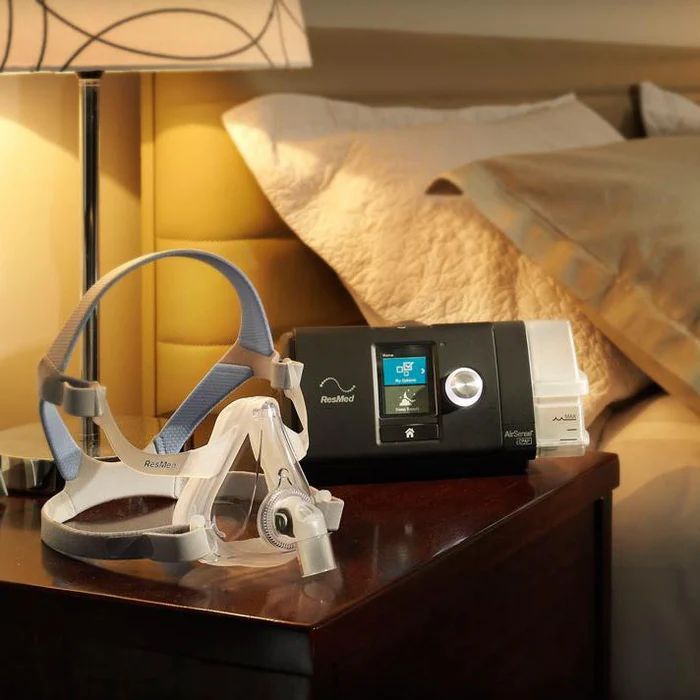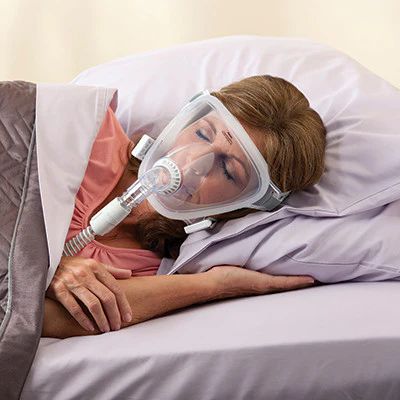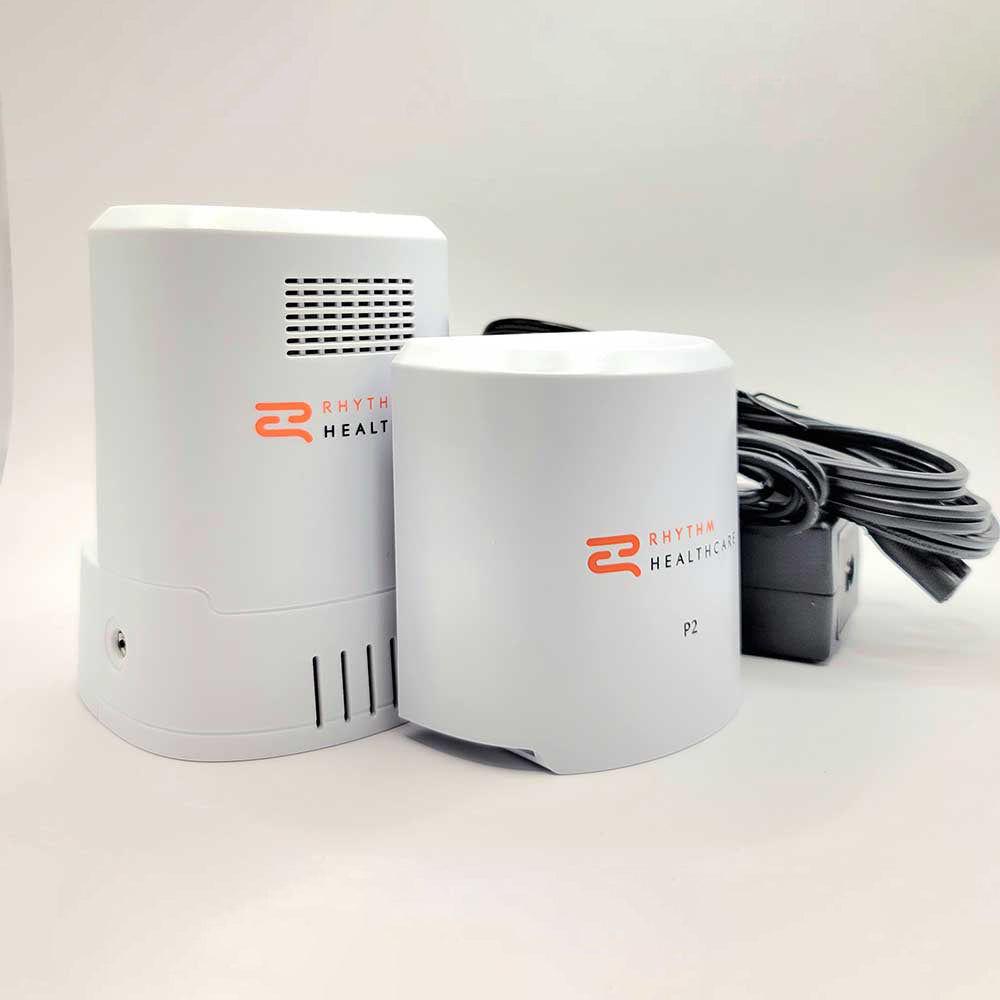Given that the mask, tubing, and other components are breathed into and deliver air throughout the night, their cleanliness can be a serious health concern. Daily cleaning removes dangerous microbes, mold, dust, and debris to ensure your CPAP treatment makes you feel better and not worse. While daily cleaning may seem overwhelming, it is a relatively quick process that is easy to integrate into your daily schedule.
How to Clean a CPAP Machine
Manufacturers and experts tend to recommend daily cleaning of your CPAP machine’s components, and users should commit to weekly cleaning at a minimum. There have been cases of serious illness that can be traced back to unclean CPAP machines, and CPAP users who do not regularly clean their machine may also suffer from congestion, coughs, and other indications that their respiratory system is suffering.
Not cleaning your CPAP machine may also shorten its lifespan, and in some cases may void its manufacturer’s warranty. By cleaning your CPAP machine — daily, or weekly if you cannot commit to daily cleanings — you will ensure this crucial piece of medical equipment remains in top condition.
CPAP Cleaning Supplies
• Mild soap, preferably unscented and without moisturizing ingredients
• White vinegar (if you use a humidifier tank)
• Warm, drinking-quality water
• A sink, tub, or bucket large enough to hold your hose or tubing
• A clean, non-abrasive towel
CPAP Cleaning Steps
Disassemble:
• Before you disassemble or clean any part of your CPAP machine, you should always double-check that it is unplugged from any power source. If your CPAP machine has an integrated battery, the manufacturer’s guide should provide instructions about safe disassembly and cleaning.
• The air hose and tubing should be disconnected from both the mask and the CPAP machine before cleaning. If you use a humidifier, you should also remove the water tank and set it aside.
• Most CPAP masks consist of three parts — headgear, cushion, and frame — that can be separated for more effective cleaning and easier drying.
Clean:
• Most tubing can be cleaned by washing it in warm, soapy water. The inside of the tubing must also be cleaned, so be sure to submerge it in the water for long enough that it fills up completely with the soapy water.
• Some hoses can be cleaned in the same as tubing. However, hoses with electrical components — such as heated hoses — must be cleaned more carefully. If you use a heated hose, double-check the manufacturer’s directions for more information on keeping it clean.
• Each part of your mask should be washed separately with mild soap. The cushion and headgear are particularly prone to becoming stained with face or hair oils — since these can degrade the material and attract microbes, make sure they are oil-free before moving on.
• Humidifier tanks can be sanitized by filling them with a solution of equal parts warm water and white vinegar. The tank can be left to soak while you clean the rest of your CPAP components, allowing the vinegar time to work.
Rinse and Air Dry:
• All CPAP components should be rinsed with cool, clean water after being washed. The components should be free of any soap, including soap film, so double-check that they are clean before leaving them to dry. This is particularly important for thin tubing, as it is easy to miss soap bubbles trapped inside them.
• Once all of your components are rinsed and clean, you should set them out on a soft, clean towel to air-dry.
• Hoses and tubing may dry better if hung up, so try hanging them from a shower rail or door if they do not air-dry properly on the towel.
Reassemble:
• You should only reassemble your mask and CPAP components once they are fully dry. Depending on the component and your climate, this may take several hours.
• Reassembly should be done away from outlets and with the CPAP machine unplugged. Always remember to follow any assembly instructions from the manufacturer of your mask and CPAP machine.
Other Considerations
• You breathe into your CPAP machine all night long. When you are sick, this creates a reservoir of microbes in the CPAP machine itself. This contamination can easily worsen your illness, as well as potentially reinfecting you after you recover. Just as you wouldn’t use a used tissue to filter your breathing, you should keep your CPAP scrupulously clean whenever you are ill.
• Allergy sufferers, particularly people who suffer from dust allergies, often struggle to use even the best CPAP machines. While the most important step is finding the right settings and mask with your healthcare team, the process can also be made easier by cleaning your machine daily.
• Most CPAP machines have filters that should be replaced on a regular basis. Disposable filters are the most common and should be replaced every two weeks, while reusable filters should be washed every two weeks and replaced every three months.
• Cleaning your CPAP components is a great time to double-check their condition and make sure nothing needs replacing. Most CPAP components, including masks, need to be replaced on a regular basis. You should also replace any components if they begin showing wear-and-tear.






